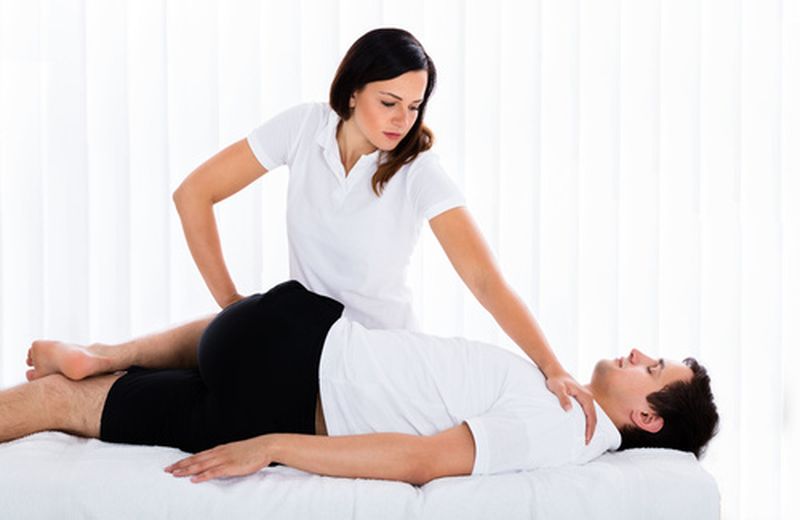Shiatsu techniques
There is no Shiatsu, but neither is different Shiatsu. The integration of different approaches and studies to the practice is the great strength of many oriental disciplines that are enriched with experiences and cultures to refine techniques and perfect the relationship between shiatsuka and recipient.

Shiatsu is a discipline that embraces great cultures of the past from Japanese to Chinese .
The educational background is very broad: anatomy, physiology, breathing techniques, meridian maps, energy points, posture, manual skills, listening .
Shiatsu is not a simple massage, it is considered a therapy and as such there are various techniques .
Unlike Western culture in which our approach to differences is one of alternation, of “alternativity”, in oriental cultures syncretism , elaboration and evolution reigns: even the different Shiatsu techniques are phases, moments of evolution, absorbed and integrated, as well as its styles.
Namikoshi style
Thanks to Tokuijiro Namikoshi in 1940 a Japanese Shiatsu School was founded . Various disciplines complementary to shiatsu techniques are taught, such as breathing, meditation, manipulation techniques.
This school and its technique has been recognized by the Japanese Ministry of Health . Its founder was responsible for the identification of areas called tsubo , about 660, in which blood and lymphatic vessels and glands with internal secretion are concentrated .
The Namikoshi technique provides a basic approach in treatment, in which the subject is treated first in a lateral position on the upper left, then on the right side, then in the prone position, treating first to the left and then to the right, supine with the same modalities and finally, the skull, face, thorax and abdomen are taken into consideration.
Stimulation of the points should be done only with the thumbs and in a perpendicular position with gradual pressure.
Read also Chinese medicine >>
Masunaga style
Shizuko Masunaga is trained at the Namikoshi school with which he collaborates, but from which he separates after a few years because he believes that Shiatsu should not be limited to the anatomical sphere but open to the energy heritage that the human being carries with him.
In 1968 he founded the Iokai Shiatsu Center , in which he professes the integration of the ancient culture of Chinese medicine and identifies the main technique of diagnosis and treatment in the stimulation of the Meridians and Makko-Ho, the stretching of the meridians in self-application .
On a technical level, in addition to the pressure applied with fingers , knuckles and elbows, both hands are used in the role of mother hand and daughter hand , one that exerts pressure and the other that holds the portion of the treated part to concentrate and not disperse the energies and create a circuit.
Ohashi style
It takes its name from its founder, the master Wataru Ohashi, who integrates the anatomical and pathological notions indicated by Namikoshi , the energies of the Meridians of Masunaga and points to the communicative relationship that is established between therapist and patient , made up of energizing postures, of empathy, of circular breathing.
He brought Shiatsu to the United States in the 1970s , and spread it in the Western way.
Self-therapy and self-healing become training subjects for shatsuka, and listening to imbalances and the energy exchange between therapist and recipient are fundamental tools in addition to the pressure and stretching of the meridians.






























+ There are no comments
Add yours